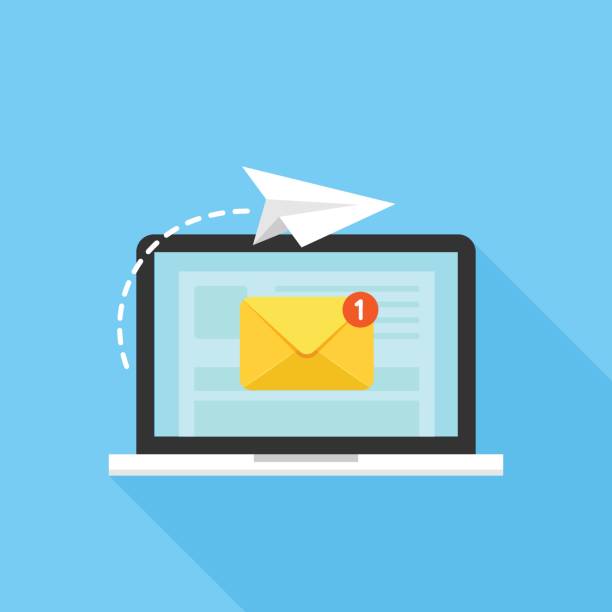If you have been pouring time and effort into crafting the perfect email campaigns only to find that they end up in your recipients’ spam folders, you are not alone.
Email deliverability is a common challenge that frustrates even seasoned marketers. The worst part? If your emails land in spam, your audience may never even know you tried to reach them. That is lost opportunities, engagement, and revenue.
Understanding why emails go to spam and how to fix it is crucial for anyone who relies on email communication, whether you are running a business, a blog, or even a personal brand. Luckily, with the right practices in place, you can drastically improve your chances of landing directly in the inbox where you belong.
Let us dive into the strategies you need to keep your emails away from the dreaded spam folder.
Table of Contents
Why Emails Get Flagged as Spam
First, it is important to understand why your emails might be flagged as spam. Spam filters are designed to protect users from unsolicited, malicious, or irrelevant content. They evaluate many factors like your sending reputation, email content, subject lines, and even the technical setup behind your messages.
Poorly formatted emails, overuse of trigger words like “Buy now” or “Free,” and sending to outdated or purchased email lists are some of the biggest culprits. If your email seems even remotely suspicious to a spam filter, it may be redirected straight into the junk folder without your recipient ever seeing it.
Maintaining a clean sender reputation and practicing good email hygiene are essential to bypass these filters. When you understand what raises red flags for spam filters, you can start creating emails that consistently land in your audience’s inbox.
Authenticate Your Emails Properly
Authentication protocols like SPF (Sender Policy Framework), DKIM (DomainKeys Identified Mail), and DMARC (Domain-based Message Authentication, Reporting, and Conformance) are technical but critical to email deliverability. They prove to email servers that you are who you say you are, which builds trust and reduces the chance of being flagged as spam.
If you skip these steps, email providers like Gmail or Outlook may assume your emails are forged or suspicious, sending them straight to spam. Setting up SPF, DKIM, and DMARC records through your domain’s DNS settings will significantly improve your credibility with Internet Service Providers (ISPs).
Additionally, email authentication not only improves deliverability but also protects your brand from spoofing and phishing attacks. It is a small investment of time that delivers long-term benefits for your communication efforts.
Avoid Spammy Language and Formatting
Spam filters scan your email’s subject lines and body content for certain keywords and formatting patterns. Phrases like “Get rich quick,” “Limited time offer,” or even excessive use of ALL CAPS can trigger alarms. Similarly, overloading your email with exclamation marks, bold fonts, or flashy colors makes it look less trustworthy.
Focus on writing genuine, value-driven subject lines and body text. Keep your formatting clean, professional, and easy to read. Write as if you are speaking to a real person—not a sales robot—because in the end, that is who will be reading your emails.
Moreover, providing clear unsubscribe links and avoiding too many images without sufficient text also help ensure your emails pass through spam filters successfully.
Keep Your Email List Clean and Engaged
Sending emails to inactive, outdated, or purchased lists is one of the fastest ways to tank your sender reputation. Internet service providers watch how recipients interact with your emails. High bounce rates, low open rates, and lots of “mark as spam” actions are red flags that can hurt your future deliverability.
Regularly clean your email list by removing inactive subscribers and invalid email addresses. Implement a double opt-in system when collecting new subscribers to ensure that your contacts truly want to hear from you.
Furthermore, focusing on building an organic, highly engaged list pays off. Engaged subscribers are more likely to open your emails, click on your links, and share your content, boosting your reputation and inbox placement.
Test Your Emails Before Sending
One of the most overlooked but valuable practices is testing your email before you hit “send.” Use tools like Mail Tester, Litmus, or GlockApps to check if your email will likely be flagged as spam. These platforms analyze your email content, server settings, and authentication to identify issues.
Testing also allows you to preview how your email looks across different devices and email clients. Sometimes what looks perfect in Gmail might appear broken in Outlook, and fixing these issues before a mass send-out saves your reputation. When you test, you can tweak your content, fix technical issues, and ensure your campaigns are polished and ready to reach their full potential audience.
Conclusion
Landing in the spam folder can feel like shouting into a void—no matter how compelling your message is, no one will hear it. However, by understanding the causes and implementing the strategies above, you can dramatically increase the odds that your emails will land where they should: front and center in your recipients’ inboxes.
Focus on email authentication, clean writing, list hygiene, and regular testing. These practices, though they might seem technical or tedious at first, are crucial to building trust with both email providers and your audience. Good email practices ensure that your hard work gets seen, engaged with, and delivers results.
Remember: great content deserves to be read. Take the extra steps to stop your emails from going to spam and watch your open rates—and your success—rise accordingly.





